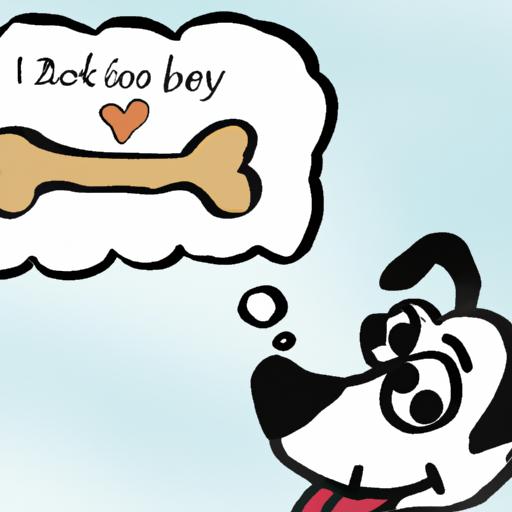As a caregiver, you’ve probably experienced your dog’s affectionate licks, often referred to as “kisses”. But have you ever wondered why dogs kiss? This comprehensive guide will take you on a journey to discover the reasons behind your dog’s “kissing” behavior.
What Does Dog Kissing Mean?
“Dog kisses” are essentially dogs licking humans or other dogs. Dogs use their tongues as a tool for different purposes. While we humans may interpret these licks as kisses out of our affection for our pets, it’s crucial to understand the actual reasons behind this behavior.
Communication
Dogs use licking as a form of communication. It may be a way for them to express their feelings or desires. For instance, your dog may lick you to get your attention or show submission.
Affection
Yes, sometimes it’s just out of affection! Dogs lick people they like, mirroring the human behavior of showing affection through touch.
Taste
Dogs have an enhanced sense of taste and smell. Your skin may carry various flavors that your dog finds appealing, such as the taste of salt in your sweat.
The Biological Reasons for Dog Kissing
Understanding the biological reasons behind dog kissing will give you a better insight into your pet’s behavior.
Nurturing Behavior
Licking is a nurturing behavior that begins right after birth. Mother dogs lick their puppies to stimulate breathing and to clean them. As puppies grow, they’ll reciprocate this behavior, which gets ingrained as a sign of love and respect.
Pack Behavior
In the wild, wolves and other dog-like animals lick the faces of their superiors as a sign of submission and respect. This behavior is carried over in domestic dogs.
Exploring Their Surroundings
Dogs use their tongues to explore their surroundings. Licking helps them gather information about different textures and tastes.
The Impact of Dog Kissing on Human Health
Dog kisses are not always harmless. Here’s what you should know about potential health risks.
Bacteria and Parasites
Dogs explore their surroundings with their mouths, which means their tongues can carry bacteria and parasites. Some of these can be harmful to humans.
| Potential Risks | Prevention Methods |
|---|---|
| Bacterial infections | Wash the licked area immediately |
| Parasitic infections | Regular vet checks and deworming |
Allergies
Some people may be allergic to dog saliva. Symptoms can include skin rashes, sneezing, or wheezing after being licked by a dog.
How to Manage Your Dog’s Kissing Behavior
Managing your dog’s kissing behavior is essential to ensure they express their affection appropriately.
- Positive Reinforcement: Reward your dog when they express their affection in ways other than licking.
- Distraction: If your dog tends to lick excessively, try to distract them with toys or play.
- Training: Teach your dog commands such as “no lick” or “enough”. Be patient, consistent, and use positive reinforcement.
Frequently Asked Questions
1. Why does my dog lick my face?
In addition to the reasons mentioned above, dogs may lick your face to show submission, as it’s the highest point they can reach.
2. Is it harmful if my dog licks my wounds?
While dogs’ saliva has some antibacterial properties, it’s better to prevent your dog from licking your wounds due to the potential bacteria and parasites their tongues may carry.
3. How can I stop my dog from licking me all the time?
Positive reinforcement, distraction, and training can help manage your dog’s licking behavior.
4. Why does my dog lick other dogs?
Licking other dogs can be a form of communication, showing submission, or just curiosity about the other dog’s taste and smell.
5. Why does my dog lick himself constantly?
Excessive self-licking can be a sign of a health problem. If your dog licks himself constantly, it’s best to consult with a vet.
In the end, understanding why dogs “kiss” helps us to better understand our furry companions and their behavior. As caregivers, it’s our duty to ensure their actions are healthy and appropriate. So, the next time your dog showers you with “kisses”, you’ll know exactly why!



